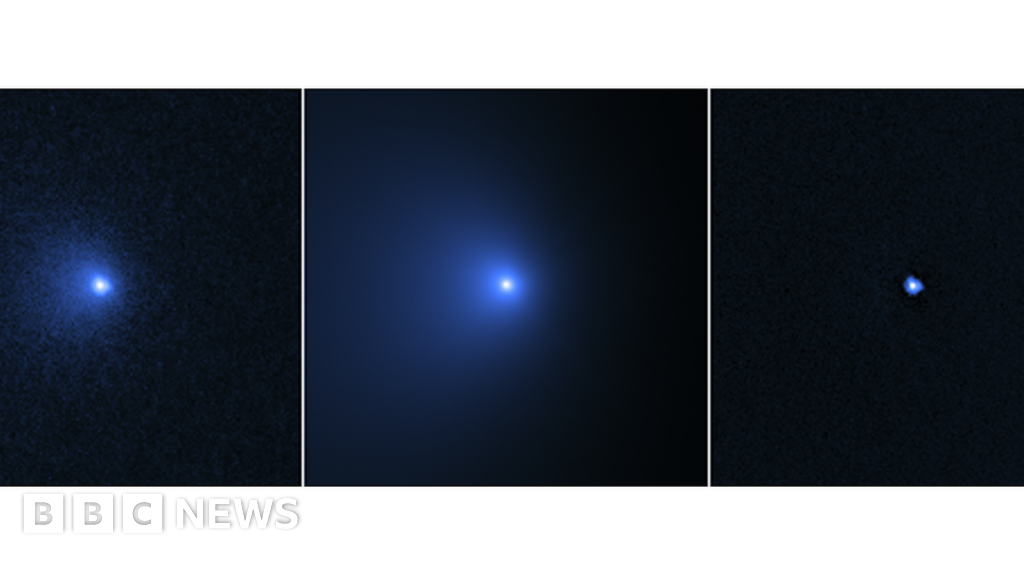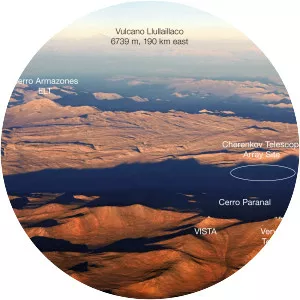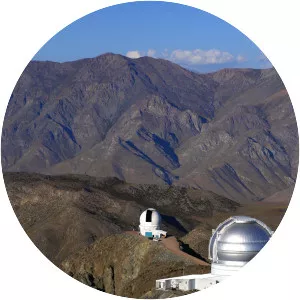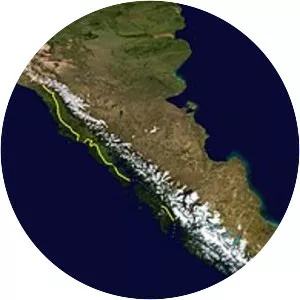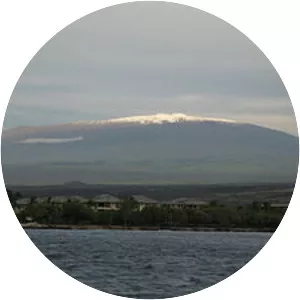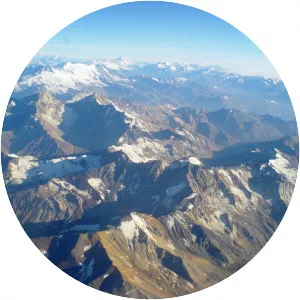About Cerro Tololo
Nasa scientists spy 'largest ever comet'
A comet with a nucleus 50 times bigger than normal is barrelling towards Earth at 22,000 miles per hour.
Nasa's Hubble telescope has determined The Comet 's icy nucleus has a mass of about 500 trillion tonnes and is 85 miles (137km) wide - larger than the US state of Rhode Island .
But not to worry. The closest it will get is one billion Miles Away from The Sun , and that won't be until 2031.
It was first spotted in 2010 but only now has Hubble confirmed its existence.
And it's larger than any comet ever seen by astronomers before.
" We've always suspected this comet had to be big because it is so bright at such a large distance, " said David Jewitt, a professor of Planetary Science and astronomy at the University of California, Los Angeles (UCLA). " Now we confirm it is. "
Nasa, which describes The Fireball as a behemoth " barrelling this way" has named it Bernardinelli-Bernstein after its discovery by astronomers Pedro Bernardinelli and Gary Bernstein.
They first sighted it while working at the Cerro Tololo Inter-American Observatory in Chile over a decade ago when it was three billion miles from The Sun .
Comets are described by Nasa as icy " Lego blocks, " leftover from the early days of planet construction.
" They were unceremoniously tossed out of the Solar System in a gravitational pinball game among The Massive outer planets, " it said in a statement.
" The kicked-out comets took up residence in the Oort Cloud , a vast reservoir of far-flung comets encircling the Solar System . "
Man-To Hui, of the Macau University of Science and Technology, described The Comet as " an amazing object" adding: " We guessed The Comet might be pretty big, but we needed The Best data to confirm this. "
Comet Bernardinelli-Bernstein has been following a three-million-year-long elliptical orbit, taking it As Far from The Sun as roughly half a light-year.
The Comet is now less than two billion miles from The Sun , falling nearly perpendicular to the plane of our Solar System .
Source of news: bbc.com

